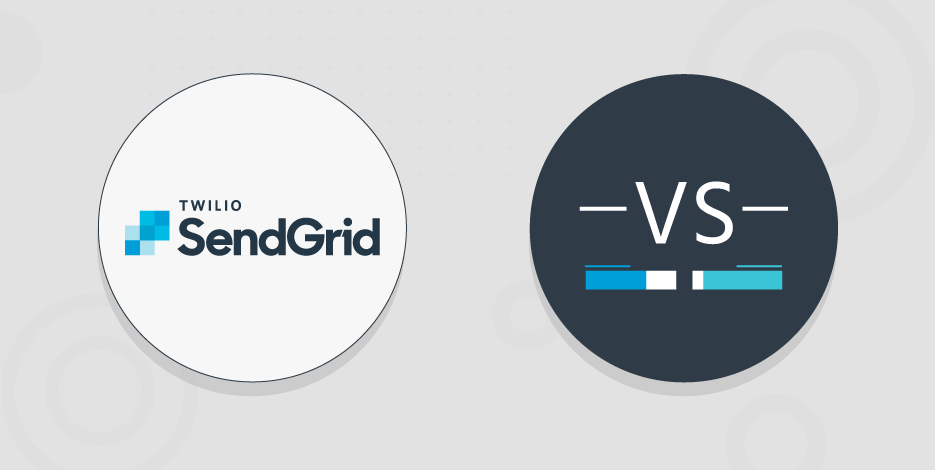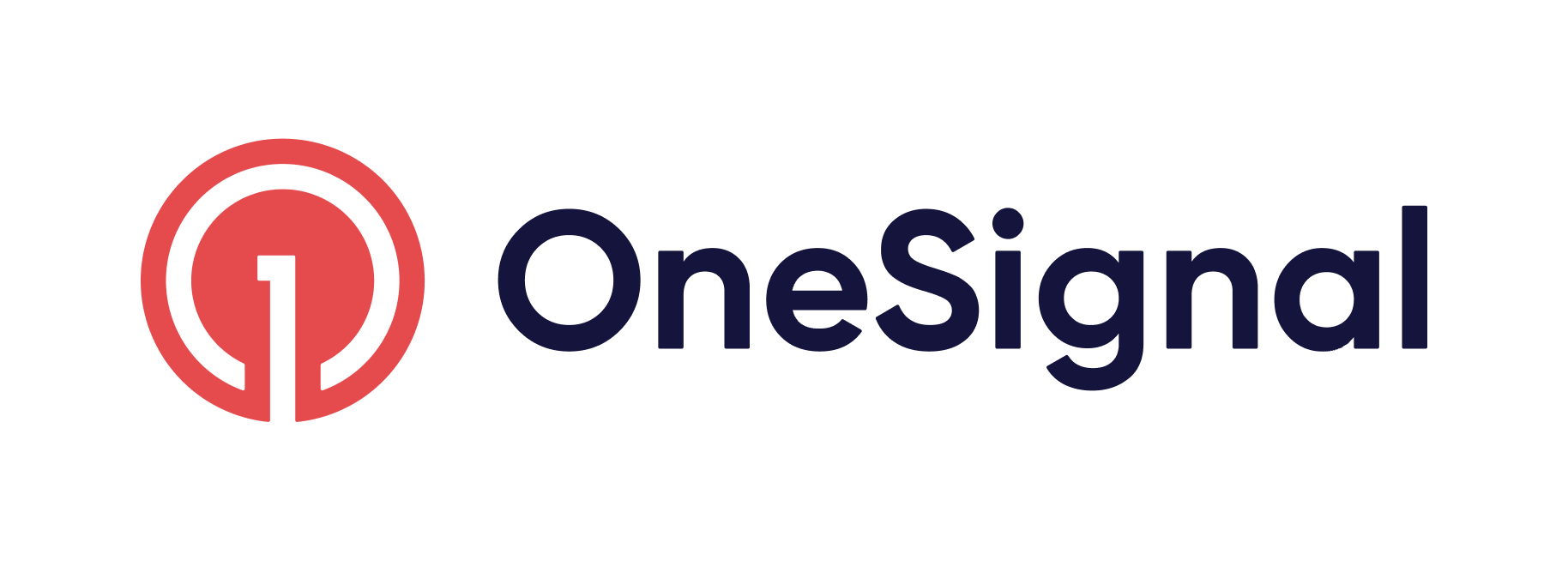Amazon Simple Email Service (Amazon SES), a cloud-based email service offered by Amazon Web Services (AWS), is not suitable for all businesses or individuals, despite its widespread use. There are several Amazon SES alternatives on the market, the finest of which we’ll explore in this post, attesting to this.
Continue reading if you want to find out more about what those options have to offer and which one could be the best match for you.
What is Amazon SES?
One of the best tools for email marketing is Amazon SES. Users adore Amazon SES for reasons including its free version and premium offerings. Developers may send emails from any application thanks to Amazon Simple Email Service (SES), a versatile, affordable, and scalable email solution.
What are the top substitutes for Amazon SES?
Now that we’ve provided you with some advice on how to choose the finest Amazon SES substitute, it’s time to actually provide some. Remember that each of the below alternatives has advantages and disadvantages, which you should carefully consider because they could influence your choice.
1. Mailjet

As an email management system, Mailjet offers developers and marketers a platform for creating, sending, and tracking email campaigns. Mailjet was established in 2010 and immediately rose to the top position for high-volume email senders. In 2013, Mailjet released its first API, and as of now, it has the most robust API in the world with more than 100 integrations.
Pros
- A free version is available with up to 200 daily emails.
- The number of subscribers is limitless.
- You may customize your emails with it.
- Instead of charging based on subscribers, it does so based on emails sent.
Cons
- Not enough templates are available.
- A landing page builder is absent.
- Keeping a list might be stressful.
2. SendGrid

SendGrid, a provider of cloud-based transactional and marketing email services, was established in 2009. By offering a scalable, reliable, and secure SMTP infrastructure, SendGrid aids businesses in communicating with their clients. It offers thorough APIs that may be quickly incorporated into any website or application. SendGrid serves more than 200,000 clients globally and processes billions of emails each month.
Pros
- It offers thorough data on emails sent in great detail.
- There is a free lifetime plan.
- It is safe and secure.
Cons
- The manual omits information and doesn’t fully address several issues.
- People without any technological background or coding skills find it difficult to utilize.
- The assistance system is occasionally slow to respond.
- Microsoft email customers virtually always find their emails in the spam folder.
3. Mailgun

With the help of Mailgun, developers, and companies of all sizes can send, receive, track, and analyze their email campaigns. Mailgun is a cloud-based email service. An SMTP server, DKIM signature, RESTful API, and plugins are just a few of the many things that Mailgun has to offer. Additionally, it eliminates the effort of setting up APIs and operating your own servers so you can utilize third-party services like Mandrill, Salesforce, or Mailchimp.
Pros
- Setting up Mailgun is simple.
- Its APIs are comprehensive and well-documented.
- It provides rapid email integration and good throughput.
- Support for email marketing is provided.
Cons
- Mailgun’s historical dependability is patchy.
- Since its takeover, support has been inadequate.
4. Postmark

Developers may build transactional emails using Postmark, an email software. It is a complete email API that aids businesses in reaching their target market. On top of its online interface, Postmark offers an accessible API that assists its users in sending transactional emails. You may build your own system that can transmit transactions automatically or on demand using the Postmark API.
Pros
- Transactional emails may be set up, delivered, and parsed with ease.
- It includes responsive email templates that are ready to use.
- It offers analytics and troubleshooting tools.
Cons
- Email history is only accessible for 45 days.
- It only offers monthly billing, not annual pricing.
- Lists and visual template builders are not supported.
5. Mandrill

SMTP predominantly uses Mandrill, a transactional email service. To send mass mailings, they provide an API and dedicated IP addresses. Businesses may utilize Mandrill in conjunction with other applications they employ for different facets of their operations thanks to the API, which enables them to operate outside of the Mandrill application.
Pros
- Mandrill makes use of unique frameworks to guarantee excellent security and deliverability.
- Quick setup and easy onboarding are both present.
- Numerous web frameworks may be easily integrated into it and are compatible with it.
Cons
- Mandrill can only be accessed through Mailchimp, so you must pay for two tools.
- After 30 days, the information on your delivered emails is lost.
- Its user interface is challenging to utilize.
6. OneSignal

The best mobile push notification service is called OneSignal. Mobile push notification services specifically designed for iOS, Android, and web platforms are offered by OneSignal. OneSignal Email, one of the company’s newest offerings, aims to give users a more dependable and effective way to send transactional emails. For marketing teams that often send out automated emails, OneSignal Email is excellent.
Pros
- A subscriber list that already exists can be imported.
- From a single account, you can effortlessly manage email subscribers and in-app chat.
- You have full access to third-party assistance.
Cons
- In comparison to other email notification providers, it takes a little longer to deliver emails.
- It frequently produces mistakes.
7. SparkPost

One cloud-based email service provider is Sparkpost. Companies of all sizes, they offer dependable, scalable email delivery solutions. The company’s cloud-based SMTP service, which enables businesses to send bulk emails with deliverability rates that are equivalent to those of the most widely used consumer mail clients, is its main offering. Additionally, Sparkpost provides an API platform, allowing programmers to create unique apps for sending and tracking emails using the Sparkpost service.
Pros
- The platform is trustworthy, quick, safe, and privacy-conscious.
- It is simple to set up and utilize.
- To avoid issues with email delivery, it conducts predictive and real-time analytics.
Cons
- It is only intended for developers.
- Integrations with other systems are not supported.
Conclusion
We hope you found this article on alternatives to AWS SES useful. We really hope that we were able to point you in the direction of a replacement if AWS SES did not match your demands and you were seeking a new email provider.










Add Comment